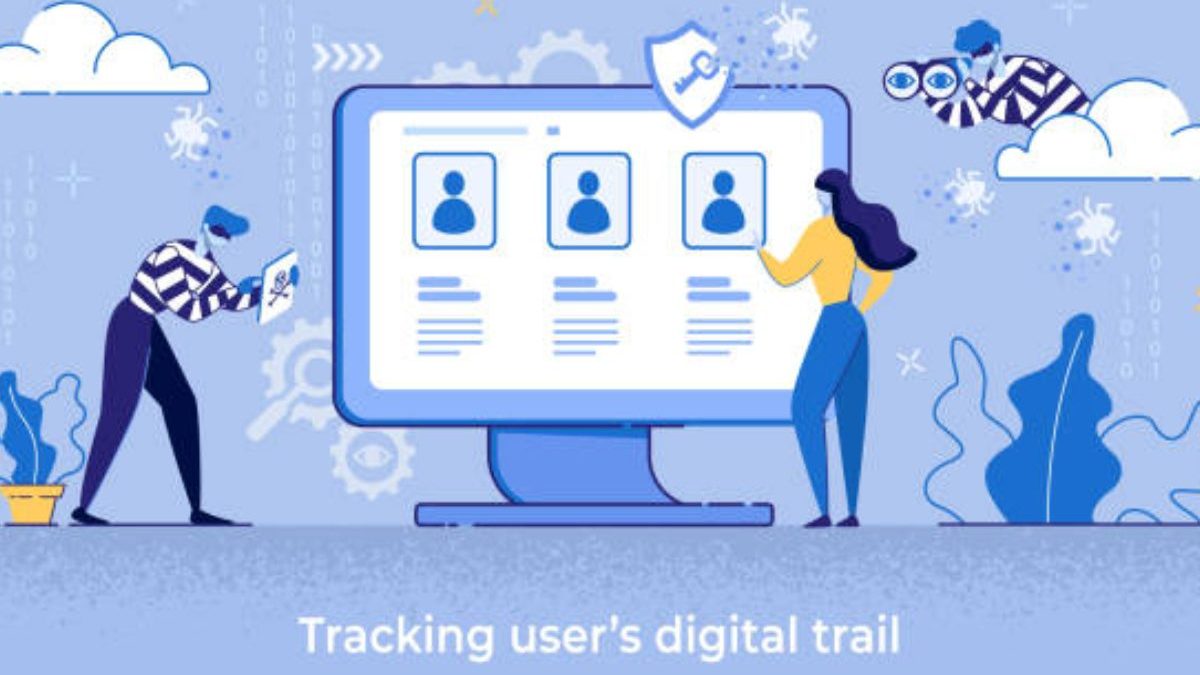You probably know that everything you do online leaves a trace. But do you know what that trace is called or why it matters? This trace is called a digital footprint, and it’s important to be aware of it for both personal and professional reasons. In this blog post, we’ll explore what a digital footprint is and how you can manage yours.
Table of Contents
What is a Digital Footprint?
Your digital footprint is the track of data you leave behind whenever you go online. This includes everything from the websites you visit, the things you search for, and the posts you share on social media. Your digital footprint also includes any data collected about you, even if you haven’t actively shared it. For example, your browsing history can be used to target ads at you, and your social media interactions can be used to create a profile of your interests and preferences.
Why Does Your Digital Footprint Matter?
Your digital footprint matters because it can be used to paint a picture of who you are as an individual and a consumer. Businesses, employers, and even criminals can then use this information to make decisions about you that could impact your life. For example, if an employer conducts a people search and sees that you’ve been regularly visiting job-search websites, they might assume that you’re looking for a new job and decide not to give you a raise or promotion. Or if a criminal sees that you’ve been posting about an upcoming vacation on social media, they might decide to target your home while you’re away.
How is your Data Collected on the Internet?
Every time you go online, your data is collected. It happens any time you visit a website, use a search engine, or even just load an email. All of this data is then compiled and used to create a profile of you – your likes, dislikes, interests, and more. This information is then used for targeted advertising, selling to third-party companies, or improving the overall user experience. So how is all of this data collected?
There are a few different ways that companies collect data on the internet. The first is through cookies. However, cookies are small pieces of code that are stored on your computer when you visit a website. They allow websites to track your activity and build up a profile of you based on the sites you visit and the things you do online. The second way companies collect data is through server logs. Every time you request a page from a website, your computer sends along information about itself, including your IP address.
This information is then recorded by the website’s server, allowing them to track your activity and build up a profile of you based on the pages you visit and the things you do online. Finally, many companies also use social media platforms to collect data about their users. By monitoring what people say and sharing on social media, they can learn a lot about their interests, preferences, and opinions on various topics.
So next time you go online, keep in mind that your data is being collected – and that it may be used in ways you’re not even aware of.
How Can You Manage Your Digital Footprint?
The best way to manage your digital footprint is to be aware of it in the first place. Once you know what data is being collected about you and how it’s being used, you can make more informed decisions about what online activities are worth pursuing.
For example, if you’re concerned about your privacy, you might want to avoid using social media or sharing personal information online. Or suppose you’re worried about potential employers seeing negative information about you online. In that case, you might want to clean up your social media accounts or perform a regular Google search of your name to see what comes up.
The Future of Data Collection on the Internet
While the internet has revolutionized the way we collect and use data, it is clear that this is only the beginning. In the coming years, we expect to see even more data collection, storage, and analysis advances. One area that is particularly ripe for development is the area of personal data.
As we become increasingly reliant on digital devices, there is a growing need for ways to collect and store our personal data in a secure and accessible manner. This requires the development of new technologies and protocols for data collection, as well as new ways of managing and using this information.
In addition, we can expect to see a continued increase in the use of artificial intelligence (AI) for data collection and analysis. AI-powered algorithms are already being used to identify patterns and trends in data sets, and this trend is likely to continue.
As data becomes increasingly important in our lives, we can expect to see a continued rise in the importance of data collection and analysis.
Conclusion
Your digital footprint is the collection of data that’s been generated about you through your online activity. It includes everything from the websites you visit, the things you search for, and the posts you share on social media. Your digital footprint also includes any data that’s been collected about you without your knowledge or consent.
Managing your digital footprint is important because the information contained therein can be used to paint a picture of who you are as an individual and as a consumer—information that businesses can then use, employers, etc., to make decisions about you that could have a big impact on your life. Therefore, the best way to manage your digital footprint is to be aware of it in the first place so that you can make more informed decisions about what online activities are worth pursuing.

